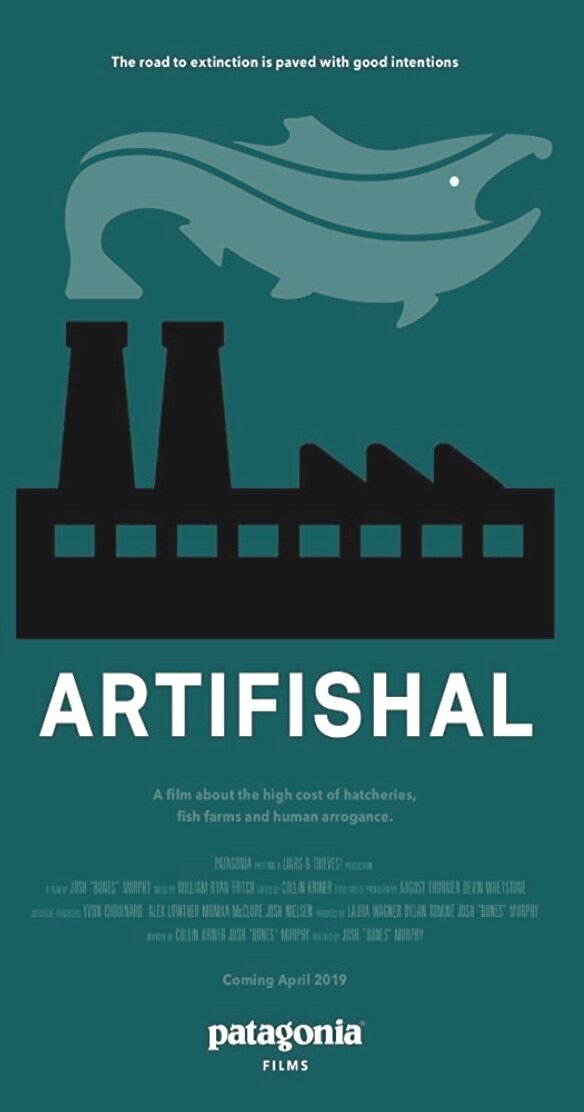Build “deeper” brands
Advertising, public relations, and branding agencies promoting storytelling to clients are a-dime-a-dozen. It’s easy to find people willing to tell you it is an effective way to make people care about your organization. And why not? It’s well-known that words grab people emotionally, engage imaginations, and make it easier to remember concepts.
In practice, however, the message most peddle isn’t turning their clients into good storytellers. That’s because not all storytelling and not all stories are the same. Your stories must help build your brand the right way. Not realizing shallow content undermines their brands, rather than build them up, organizations tend to offer only brief social media messages instead of thought-provoking stories that pass on real insights. Deep storytelling demonstrates one’s unique personality, expertise and leadership. Simply spreading information doesn’t inspire anyone.
Good content encourages engagement; great content enables standing out in a cluttered marketplace and living in the minds of people. Being a focal point for discussion, and being able to shape conversations, creates a trusted brand identity. But you can’t do that if you aren’t saying something worth reading or listening to.
Three prominent global brands have chosen an alternative approach to telling their story. They eschewed the standard marketing channels and advertising-driven approaches and chose instead to strategically use documentary films to communicate the values underpinning their work so they stay in control of their story, and grow their community and leadership.
Patagonia may be one of the world’s most successful outdoor clothing manufacturers, yet the company’s mission statement declares “Patagonia is in business to save our home planet.” Founder and chairman Yvon Chouinard wanted a clear signal to employees that the reality of climate crisis is fundamental to every job at Patagonia. To engage people in its mission, Patagonia has been investing in storytelling about its higher purpose – not with run-of-the-mill web posts but through a series of documentary films. Chouinard says “we recognize that people make decisions based on emotion, and the best way to elicit emotion is through film. So we’re in the film business. We’re working on 10 films at a time these days. Some of them don’t make a cent. But that’s not the purpose.”
Why would Mayo Clinic, what some call “The Greatest Medical Centre in the World” – an organization of 64,000 employees whose almost-mythical reputation attracts patients from all over the world – feel it necessary to have Ken Burns, America’s most celebrated documentary film maker, tell its story? By identifying the seeds of the Mayo Clinic’s culture, Burns’ documentary ensures insiders and outsiders alike know what makes this place tick and provides essential knowledge for directing its future.
To mark the 150th anniversary of Goldman Sachs, documentary filmmaker Ric Burns, Ken Burns’ brother and partner, chronicled the firm’s history from its founding after the Civil War up until today in a series of films exploring Goldman Sachs’ evolution. What is it about this organization about its culture, about its history, about its people that’s allowed it to be nimble, adapt, adjust, to look forward, to pick itself up and really get stronger for it every step of the way? This is a story about growth, change, and innovation that describes how this agile, ever-changing organization, can continue growing and changing
Documentary films are not the only way to engage with a wider audience in a more meaningful way, but are worth the effort and expense. Organizations obsess over marketing approaches intent on generating brand awareness and driving sales. This does little to create brand loyalty. A focus on values, mission, expertise, and even history – rather than products or services – will demonstrate brand depth far more effectively and is likely to help brands become the focal point of vital public conversations at a fraction of the cost of advertising.



